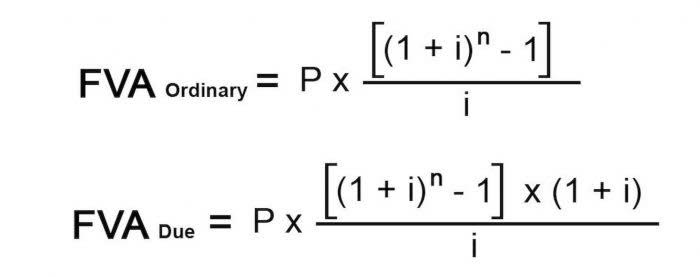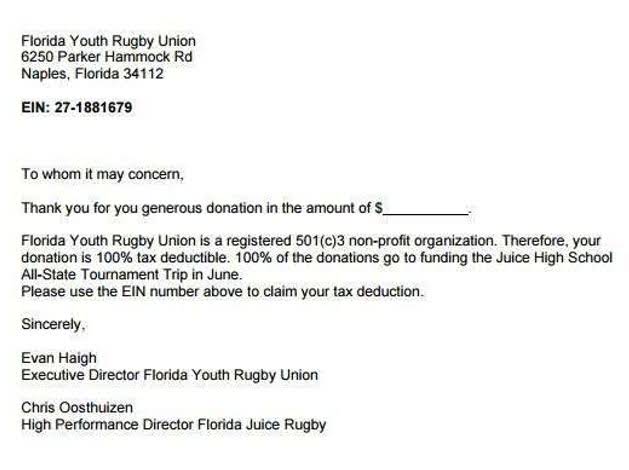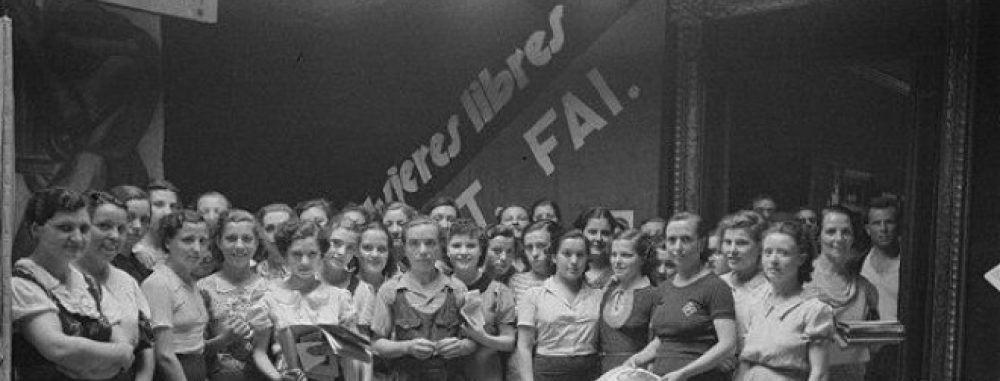
Appropriately, then, process costing pools costs at the process-level (which usually means its pooled at the department-level) rather than being pooled at the job-level or the unit-level. Technology has made it easier to share information about conversion costs with stakeholders. Automated systems can generate reports that are easy to read and understand, making it easier to communicate with investors and other stakeholders about how costs are being managed.
Direct cost Vs. Indirect Cost – What are the Key Difference?
In the world of manufacturing, the conversion cost is a vital metric that helps determine the total cost of turning raw materials into finished products. Understanding and calculating this cost is essential for businesses to ensure they can accurately price their products and manage their operations efficiently. This article will explore how the Conversion Cost Calculator works, explain the formula, offer an example, and provide helpful insights for users.

Conversion Costs in Accounting
Sum up the wages, benefits, and other compensation paid to workers directly involved in production. Conversion costs are vital to be calculated by each companysince they are fundamental for conversion costs making important business decisions and carryingout basic accounting tasks. Remember, these are just a few strategies to improve conversion cost efficiency.
- Calculating direct labor costs involves multiplying the total hours worked by the applicable wage rate, including any additional benefits or allowances.
- This has increased the speed and accuracy of calculations and reduced the time required to complete the process.
- In this section, we will delve into the intricacies of calculating the total cost involved in converting raw materials into finished goods.
- Remember that these components interact dynamically, and a holistic approach is essential for accurate conversion cost analysis.
- The company can then explore ways to streamline the labor-intensive processes, negotiate better labor rates, or implement training programs to enhance workforce productivity and reduce conversion costs.
Examples of Conversion Costs
- At the end of the period, the firm determines ending WIP percent completion and determines units completed.
- By knowing the conversion cost, manufacturers can set realistic revenue, profit, and expenses targets.
- Outsourcing production can make it more difficult for a manufacturing company to maintain quality control over its products.
- The cost of manufacturing a product cannot be traced to just one unit in the process.
- Technology has made it easier to share information about conversion costs with stakeholders.
Once data is collected, expenses are aggregated to provide a comprehensive view of production costs. Advanced accounting software like QuickBooks or Xero helps in aggregating and reporting these costs, offering insights into financial trends and potential areas for cost reduction. Therefore, conversion cost per equivalent unit under the FIFO method is $15.12.

Join PRO or PRO Plus and Get Lifetime Access to Our Premium Materials
In summary, conversion cost encompasses both direct labor and manufacturing overhead, reflecting the expenses incurred during the production process. By understanding its components and implications, businesses can optimize their operations and enhance overall efficiency. Remember, effective cost management is the cornerstone of sustainable growth in any manufacturing venture. Therefore, once the batch of sticks gets to the second process—the packaging department—it already has costs attached to it. In other words, the packaging department receives both the drumsticks and their related costs from the shaping department.

Conversion costs are a crucial aspect of manufacturing and production processes, representing the expenses incurred in transforming raw materials into finished goods. Understanding conversion costs is essential for businesses to effectively manage their production costs and optimize operational efficiency. In this article, we’ll delve into what conversion costs are, provide Remote Bookkeeping the formula for calculating them, and offer examples to illustrate their application. These costs include wages, salaries, and benefits paid to workers directly involved in the production process. For instance, assembly line workers, machine operators, and quality control personnel contribute to the conversion process.
This means those $15,000 of conversion costs end up redistributed across all equivalent units worked on this period because they’re included in the conversion cost per equivalent unit rate we just calculated. The units in beginning WIP are effectively treated as if they had no work done on them at all in the prior period, and they are lumped in with all the other units completed this period. Outsourcing production can make it more difficult for a manufacturing company to maintain quality control over its products. If the contract manufacturer produces products that do not meet the outsourcing company’s gross vs net quality standards, this can increase rework, scrap, and customer returns costs. These costs are included in manufacturing overhead costs and can increase the total product conversion cost. Direct labor cost refers to the wages and benefits paid to workers directly involved in the production process.
A software-as-a-service (SaaS) company offers subscription plans with different features (basic, premium, enterprise). They want to set the right pricing to attract customers while ensuring profitability. Assume that there was no work in process inventory at the beginning and at the end of the accounting period.
- Conversion costs is a term used in cost accounting that represents the combination of direct labor costs and manufacturing overhead costs.
- Therefore, conversion cost per equivalent unit under the FIFO method is $15.12.
- Beginning WIP units get lumped in with all “Completed Units” as if they had no work at all done last period.
- In that case, it can help ensure that everyone knows how costs are allocated.
- As for the equations, this means that beginning WIP costs can’t be included in total costs (i.e. in the numerator).
In summary, direct labor costs significantly impact a company’s bottom line. By understanding, managing, and optimizing these costs, organizations can enhance efficiency, maintain quality, and stay competitive in the market. Remember that direct labor costs are not just numbers; they represent the hard work and dedication of the people behind every product or service. Expressed another way, conversion costs are the manufacturing or production costs necessary to convert raw materials into products.
